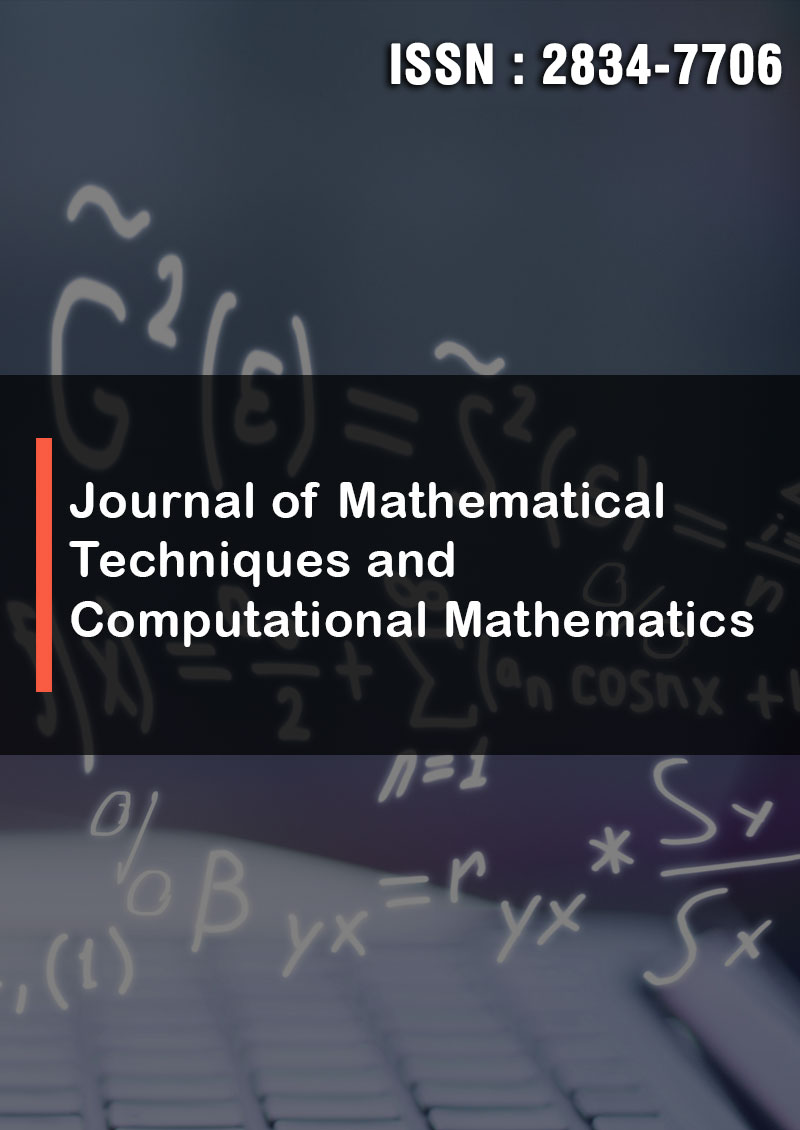Proving Goldbach's Strong Conjecture by Analyzing Gaps Between Prime Numbers and their Digits
Abstract
Bouchaib Bahbouhi
The main idea of this article lies in the fact that Goldbach's strong conjecture is associated with the progression of natural integers from 0 to infinity, which results in precise gaps between prime numbers. The gap of 6 is the most regular between primes 6x + 1 on the one hand and primes 6x – 1 on the other. In this article, using the equations 3x ± 5 and analyzing the 6-based gaps between primes while determining the initial conditions that make a prime appear after or before an integer, this article argues for the truth of Goldbach's strong conjecture. Two new concepts are introduced for the first time : Goldbach's gap and Goldbach's transposition. By analyzing its key digits (units and tens), a prime number itself can lead to the conversion of an even number into two primes. A new algorithm is deduced from these results, enabling us to locate prime numbers located at equal distance from any integer, even or odd, prime or composite. This constitutes a decisive proof of Goldbach's strong conjecture, since it means that any even number can be converted into the sum of two prime numbers.



